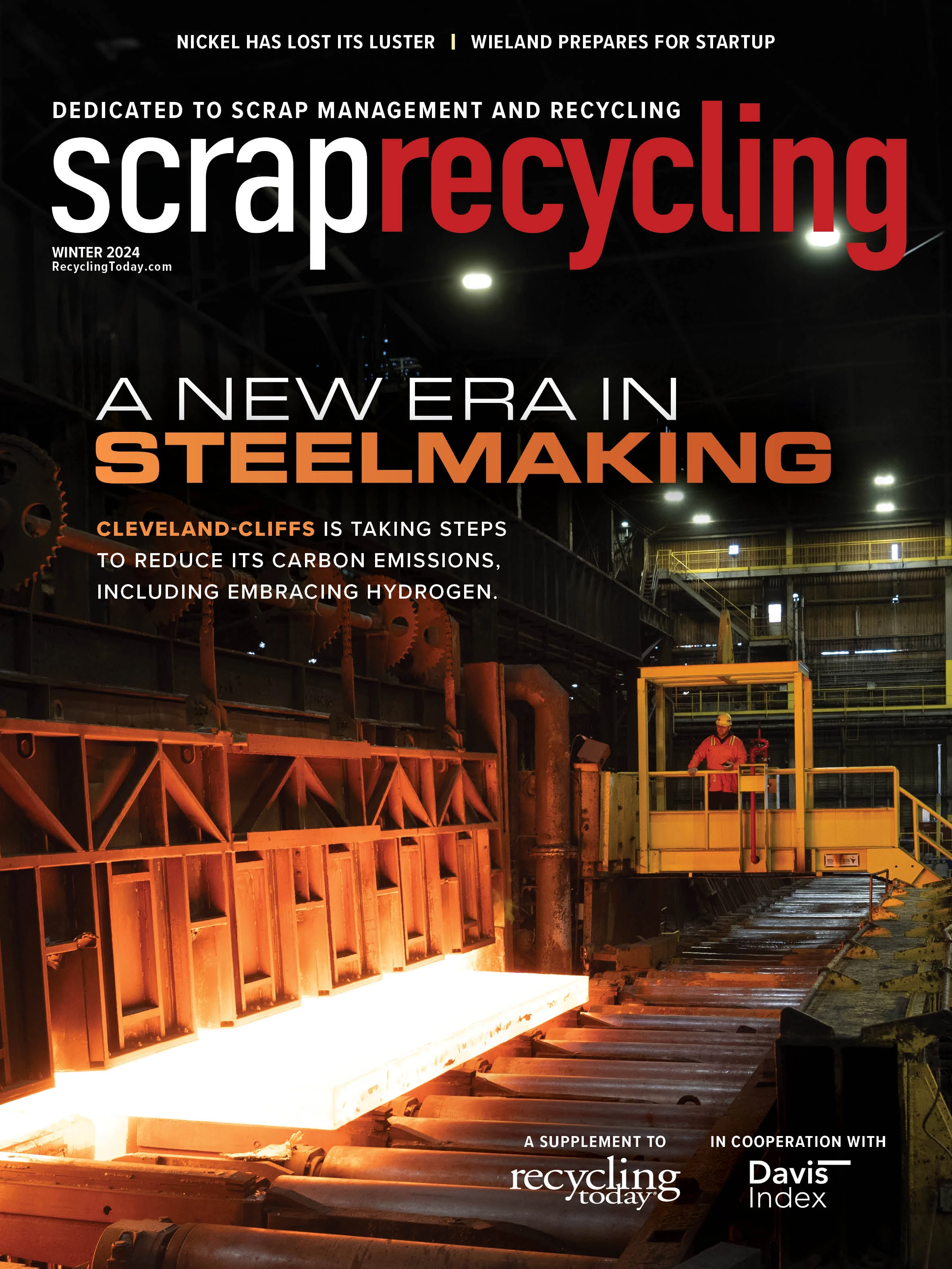
During an interview with George Adams, CEO of SA Recycling, he provides insights into the company’s journey, innovations and future ambitions. With a long history in the recycling industry, Adams shares his views on sustainability, his future vision and the key role STEINERT technology plays in the company’s operations.
Adams, who has been in the recycling field since he was 17, humbly states, “I began driving tow trucks when I was 17. Later, I started working alongside my father for 40-something years. My two brothers also work in the company and are my partners, and after all these years we’re still really close. Then my sons came into the business after they finished college. So, I guess that’s what makes it the most fun—working with my sons.”
Ultimately, however, Adams’ leadership has been fundamental in steering SA Recycling to remarkable success. His participation in global recycling organizations, such as ISRI (Institute of Scrap Recycling Industries) and BIR (Bureau of International Recycling), highlight the company’s dedication to recycling and navigating global political terrain to ensure sustainability worldwide.
SA Recycling began its journey in Anaheim, California, where it currently processes 250,000 tons of shredded materials each year.
The company processes nearly 5 million tons of scrap annually at its 140 locations.
Adams recalls the evolution and expansion of SA Recycling’s facilities, highlighting Anaheim as a hub for research and development.
Highly reliable sorting systems for processing light and heavy metals
In terms of recycling capabilities, Adams praises the company’s relationship with STEINERT. “We have utilized their eddy current separators for quite some time now in many of our locations to get most of our nonferrous metals. For approximately four years, we have also been using their multisensor sorters, primarily to upgrade zorba to twitch, meaning extracting an aluminum mix from a nonferrous metal stream.”
The STEINERT KSS | XT CLI combines four sensors. Two optical sensors offer color and three-dimensional shape data, while the inductive sensor identifies metals.
Density variances are recognized using X-ray transmission (XRT). Also, X-ray fluorescence technology (XRF) is in use in Anaheim.
Since 2019, a STEINERT CHUTEC XRF sorter efficiently segregates heavy metals by type, such as copper, brass, zinc or stainless steel.
Adams appreciates the efficiency of the STEINERT sorting systems in processing high volumes of material, praising the speed and accuracy they bring to metal extraction, as well as their exceptional reliability.
“When we started measuring, the big thing was that they had a faster belt speed on their machine than what other people had. The even bigger thing is that over the years we have realized that we simply don’t lose bearings on their eddy currents—they just don’t break, ever.”

Accurate metal segregation for a better tomorrow
In Adams’ perspective, the future isn’t just a destination, it’s a complex journey. He emphasizes a comprehensive recycling ecosystem that extends beyond metal and proudly mentions SA’s commitment to recycle everything—including water, which the company uses in its yards and runs back to its shredders to conserve valuable resources.
While he acknowledges solar power as a positive step, Adams focuses on maximizing metal recycling to reduce the greenhouse gases generated in the production of primary metals and, thereby, better serve the environment.
Through collaboration with technology pioneers like STEINERT, SA Recycling faces a future where precision, sustainability and efficiency converge seamlessly. As he envisions the future of metal recycling, the CEO leans forward with confidence. He sees STEINERT’s advancements in LIBS technology for aluminum alloy sorting as the direction the industry is heading in—emphasizing precision segregation to meet the demand for specialty alloys production reshoring to the U.S.
“I think the harder thing right now is adapting to the next phase, which is using equipment to get specific segregated alloys. Because I think that’s really going to be the future of metal recycling. Everybody wants segregated alloys.”
Adams recognizes STEINERT’s role in enhancing recycling processes, accenting the shared commitment SA Recycling and STEINERT have toward meeting evolving market demands. This collaboration demonstrates the importance of cutting-edge German technology in advancing global recycling efforts.
His confidence in STEINERT’s capabilities reflects his deep belief in the German engineering behind it. “Made in Germany means something to me,” Adams says with a nod. “STEINERT embodies that label perfectly.”

Explore the Winter 2024 Scrap Recycling Issue
Check out more from this issue and find your next story to read.